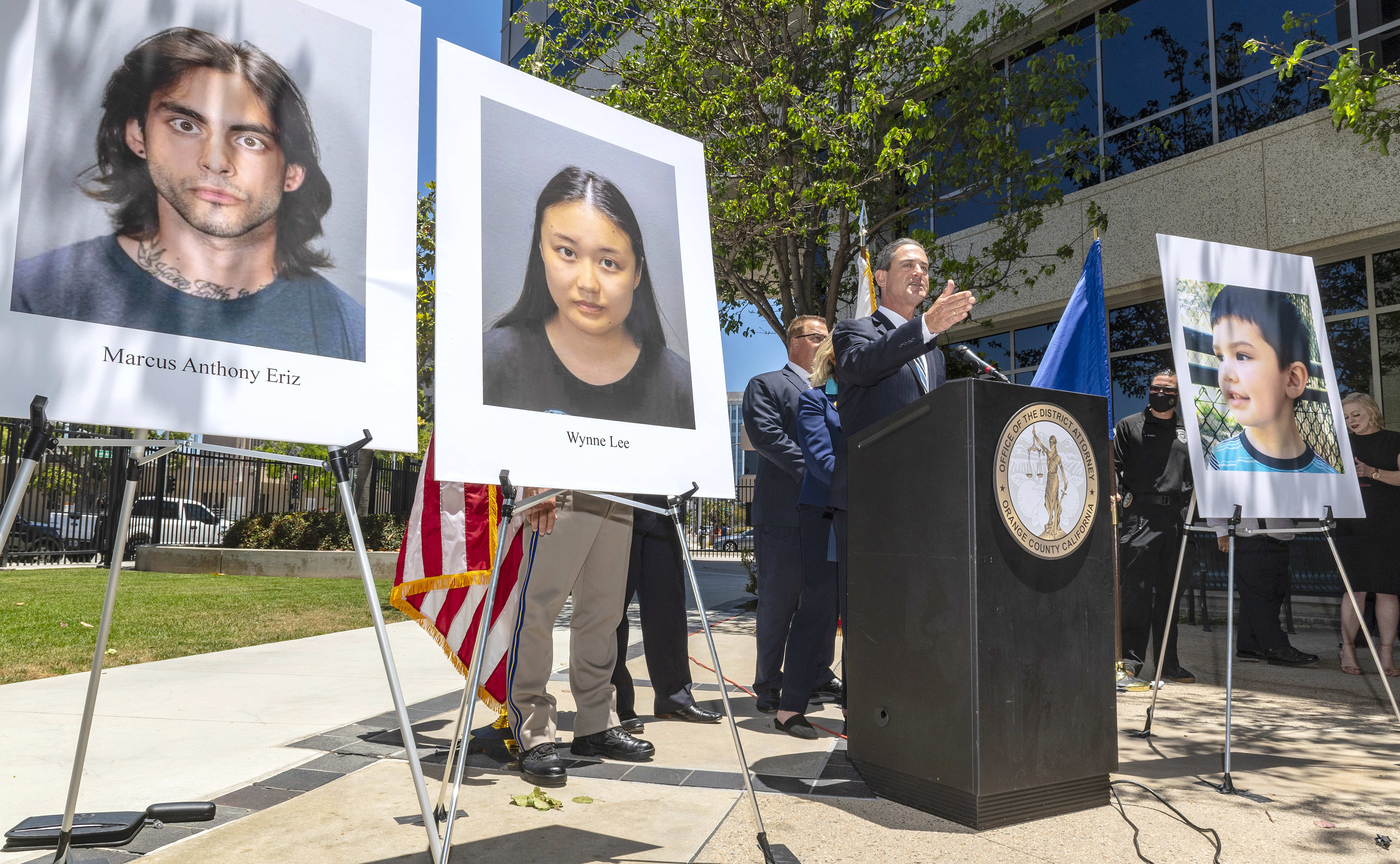Stung by criticism that its figures were too low and passenger estimates too high, on Tuesday the California High-Speed Rail Commission released a new business plan with a price tag far greater than originally anticipated.
"Some of the numbers will look large, but the fact of the matter is this is a very large program to be accomplished over a generation," according to Dan Richard, of the California High-Speed Rail Commission.
The business plan comes after Gov. Jerry Brown appointed two new members to California's high-speed rail commission and asked them to take a hard look at the proposal and assess its viability. They concluded the project is doable, if built in phases, but the cost will be more than double the original projection.
The report shows the estimated cost at $98.5 billion if the route between San Francisco and Anaheim is completed in 2033. The plan assumes private investment will account for roughly 20 percent of the total cost, with much of the rest coming from additional public borrowing.
The line will be built in segments over decades. The first between Fresno and Bakersfield, where permits and right of way are easier and quicker to obtain than in urban Southern California.
The rail authority has a deadline of fall 2012 to start construction, or will lose billions in federal stimulus dollars.
Rail Authority officials say the new business plan calls for the rail line to be built in phases, which would break the project's costs into manageable pieces - about $2 billion a year.
Local
Get Los Angeles's latest local news on crime, entertainment, weather, schools, COVID, cost of living and more. Here's your go-to source for today's LA news.
The business plan also says the high-speed rail system will use existing rail lines to carry passengers on the final legs into San Francisco and the Los Angeles basin. Doing so instead of building new high-speed lines not only saves money but makes the project more politically palatable by reducing neighborhood objections.
Even under the most conservative ridership projections, the report said the rail system would have a net operating profit.
It pegs ridership at anywhere from 7.4 million to 10.8 million riders by 2025 for an initial southbound phase. Even at low ridership projections, the project would have a net operating profit of $352 million a year, the report said.
The average ticket between San Francisco and Los Angeles would cost $81 in non-adjusted dollars, with express trains completing the trip in less than three hours.
But there are those who don't believe in those rosy projections.
"I think that the biggest concern is that they are not going to have the riders that they say. The system won't be self-sustaining," according to Nadia Naik, of Calif. For Responsible Rail.
The first 130-mile segment would create about 100,000 jobs in the hard-hit Central Valley, according to the report. Building the entire system would generate about 1 million jobs.
The report notes that while the $98.5 billion tab seems high, California's growing population would otherwise require about $170 billion in new infrastructure, such as freeways and airport runways.
Brown said in August that he still supports the plan to link San Francisco with Los Angeles and Anaheim by 2020, but his Department of Finance is expected to review the proposal in detail before he signs off.
In a report issued last July, a peer-review committee created as part of the 2008 ballot measure that approved $9 billion in bonds said later phases of the rail project rely almost entirely on federal, state and local money that might never materialize. That poses a risk that whatever is started will not be finished and might be of little use to most California residents, that review said.
The Legislature, which returns in January, must approve the proposal, along with Brown.
Follow NBCLA for the latest LA news, events and entertainment: Twitter: @NBCLA // Facebook: NBCLA



